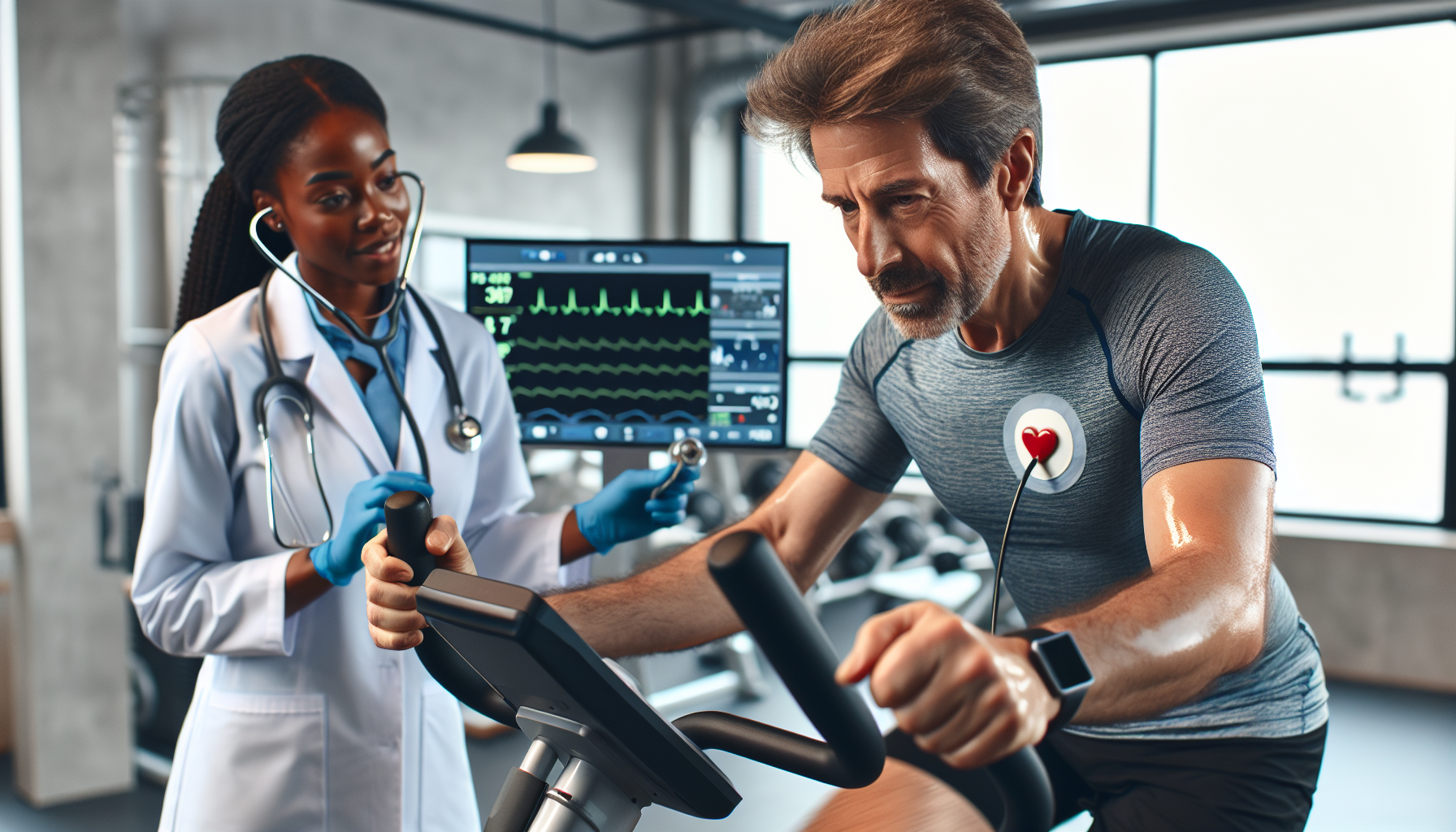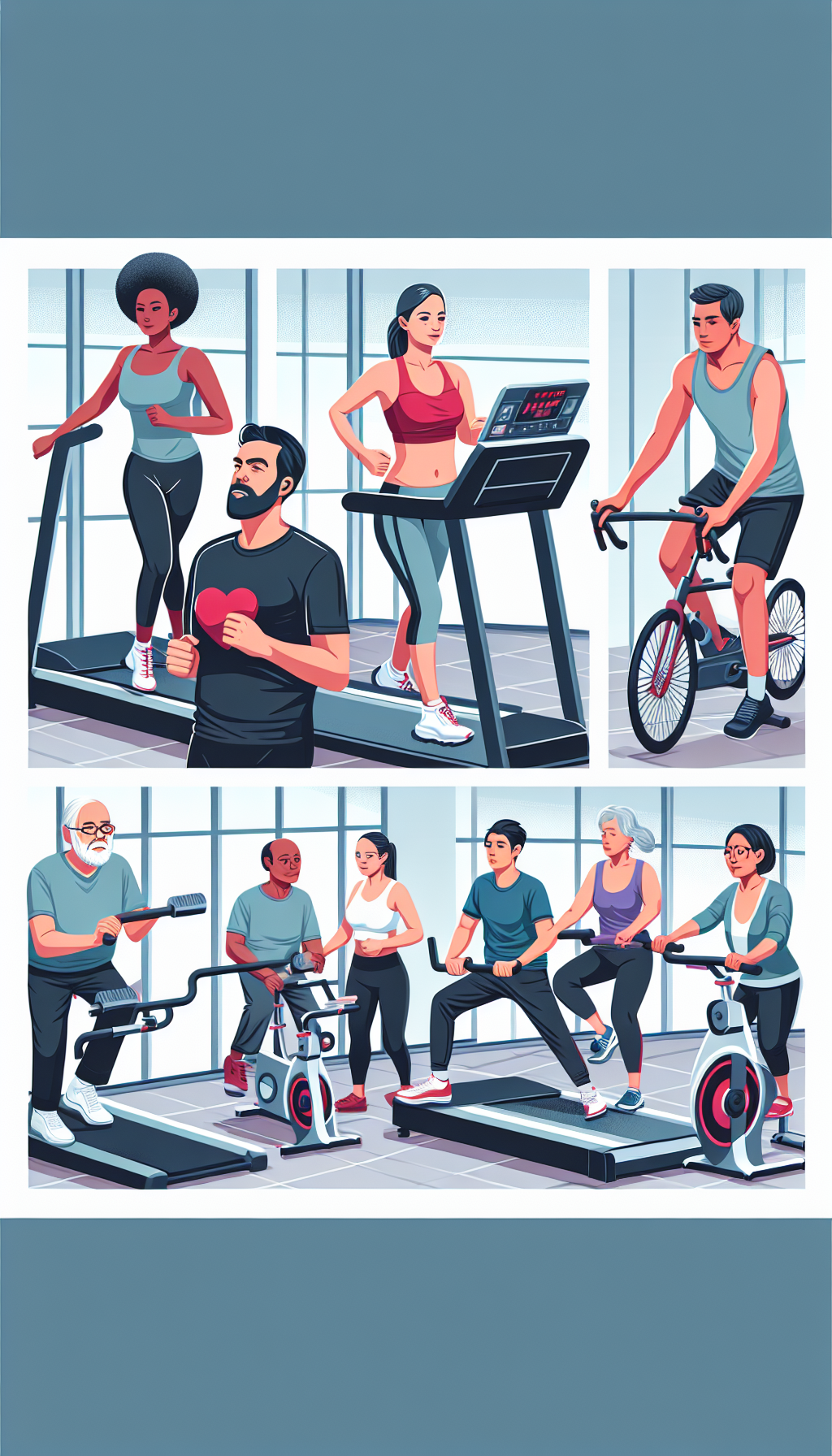Cardiac rehabilitation (CR) programs are a critical component of recovery for patients who have experienced heart-related health issues, including heart attacks, angina, heart surgery, or interventional procedures like angioplasty. These structured programs provide a comprehensive approach to improving cardiovascular health through medically supervised exercise, education on heart-healthy living, and counseling to reduce stress and improve mental health.
The Role of Cardiac Rehabilitation in Recovery
Post-cardiac event recovery is multifaceted, involving physical recuperation, psychological adjustment, and lifestyle modifications. CR programs are tailored to meet the individual needs of each patient, with a focus on returning to an active and fulfilling life. The core objective is to stabilize, slow, or even reverse the progression of cardiovascular disease, thereby reducing the risk of future cardiac events.
Studies have shown that participation in CR can improve outcomes for heart patients. These improvements include better physical function, fewer symptoms, and enhanced quality of life. Moreover, CR has been associated with a reduction in mortality rates. Participants in such programs often experience a 20-30% lower risk of death compared to those who do not participate.
Components of an Effective CR Program
A comprehensive CR program includes several key components:
Supervised Exercise
Exercise is a cornerstone of cardiac rehabilitation. It helps strengthen the heart muscle, improve circulation, and increase energy levels. Each patient’s exercise plan is personalized, taking into account their specific health status, fitness level, and recovery goals.
For more information on how exercise can benefit heart health, consider reading about The Role of Exercise in Reducing Heart Failure Risk.
Education and Counseling
Education on heart-healthy lifestyles is another vital aspect of CR. Patients learn about nutrition, smoking cessation, weight management, blood pressure control, and diabetes management if applicable. Counseling also addresses emotional health, as depression and anxiety are common after cardiac events.
Risk Factor Management
Managing risk factors such as high blood pressure, high cholesterol, and diabetes is essential for preventing further heart issues. Medication may be prescribed, and dietary and lifestyle changes are recommended.
For further reading on managing heart health through nutrition, explore the article on The Impact of Antioxidant-Rich Foods on Heart Disease Risk.
Support and Coping Strategies
Cardiac rehabilitation programs often provide peer support groups and psychological counseling to help patients cope with the emotional challenges posed by their condition.
Assessing CR Program Effectiveness
To evaluate the effectiveness of CR programs, several metrics are considered:
Clinical Outcomes
Improvements in clinical measures such as blood pressure, cholesterol levels, and exercise capacity are indicators of CR effectiveness. Additionally, a reduction in symptoms such as chest pain and shortness of breath is evaluated.
Behavioral Changes
Adherence to lifestyle modifications, including dietary changes, increased physical activity, and smoking cessation, are assessed to determine the impact of CR on patients’ daily lives.
Quality of Life
Patient-reported outcomes, such as increased ability to perform daily activities and improved general well-being, are important measures of success.
Readmission Rates
Lower hospital readmission rates for cardiac events are a key indicator of the long-term effectiveness of CR programs.
Challenges and Considerations
Despite the proven benefits of CR, there are challenges to its implementation and patient participation. Accessibility, cost, and patient motivation can all serve as barriers to successful engagement in CR programs.
Accessibility
Many patients may have difficulty accessing CR programs due to geographic, financial, or personal limitations. Telehealth and home-based programs are emerging as viable options to address these issues.
Adherence
Ensuring that patients stick to the program is crucial. Ongoing support from healthcare providers and family members can help maintain motivation.
Individualization
Each patient’s program should be tailored to their specific needs and limitations, ensuring the best possible outcomes.
The Future of Cardiac Rehabilitation
Innovation in technology and approaches to care are continually expanding the reach and efficacy of CR programs. Wearable technology, for example, allows for remote monitoring of patients’ physical activity and vital signs, providing real-time data to healthcare providers.
For insights into the integration of technology in cardiac care, read about The Role of Continuous Heart Monitoring in Disease Prevention.
External Resources
To further support the points made in this article, here are some niche and specific resources:
- AHA Journals – Benefits of CR
- NCBI – Cardiac Rehabilitation and Secondary Prevention
- Heart Foundation – What is Cardiac Rehabilitation?
- BMJ Journals – Home-Based CR Programs
- Journal of Cardiopulmonary Rehabilitation and Prevention
For patients and healthcare providers alike, the value of CR programs cannot be overstated. They represent a critical step in not only recovering from a cardiac event but also in setting the foundation for a healthier future.



